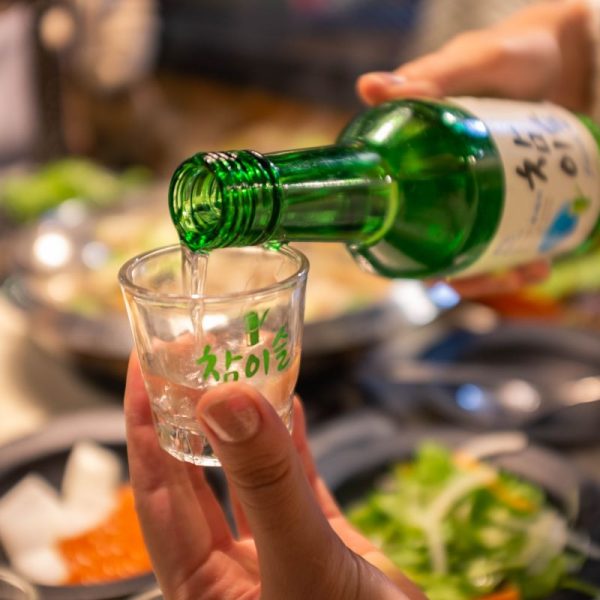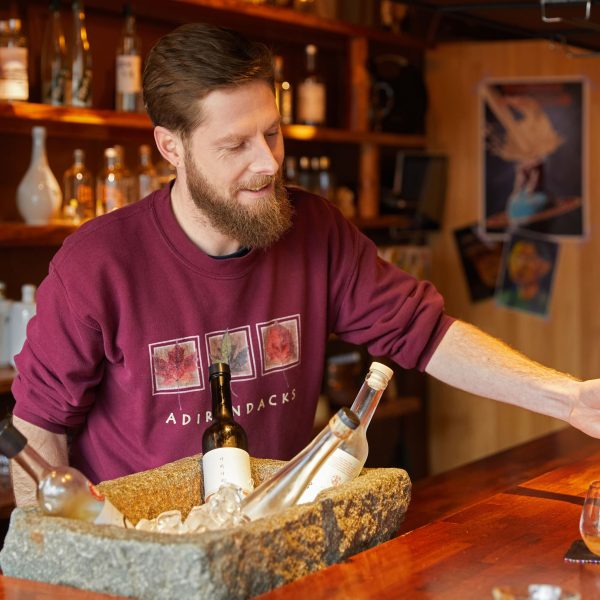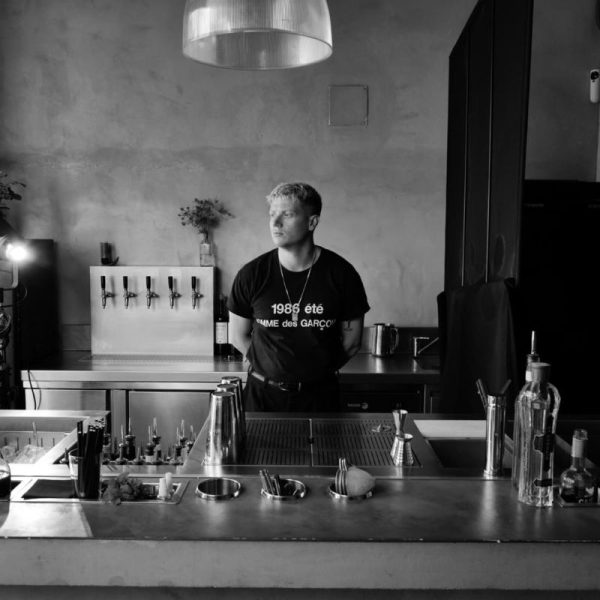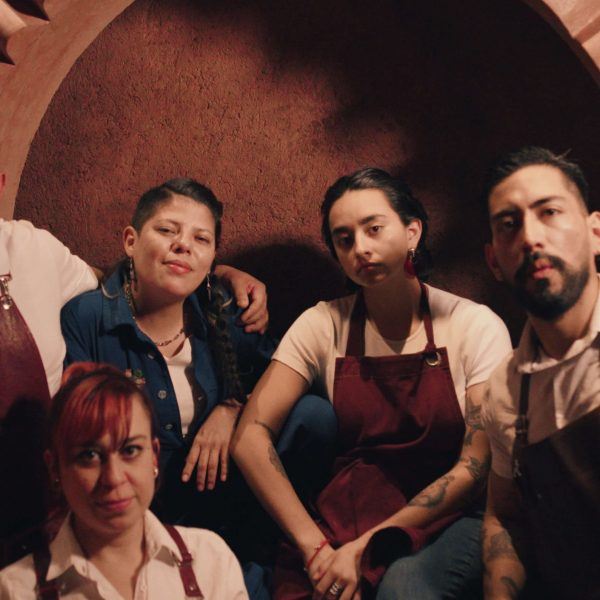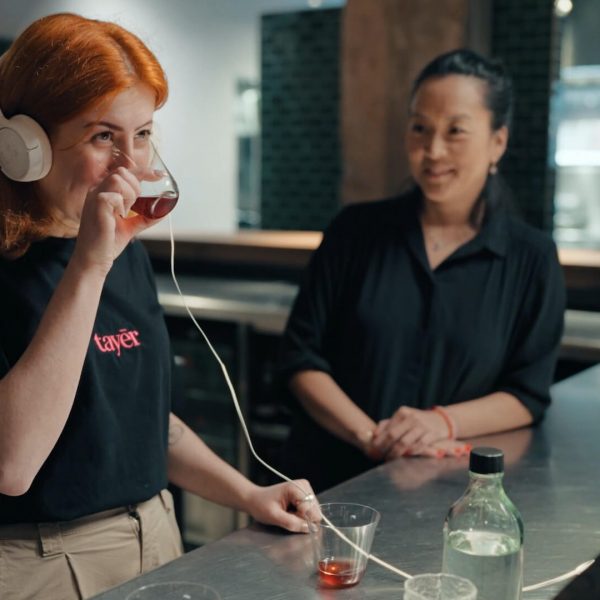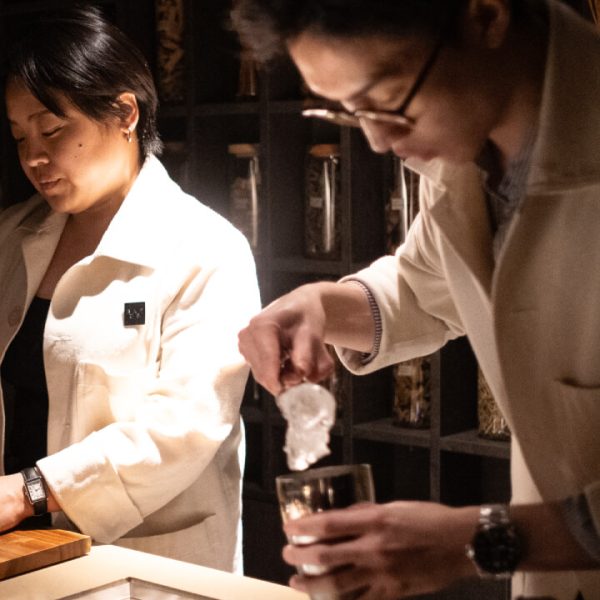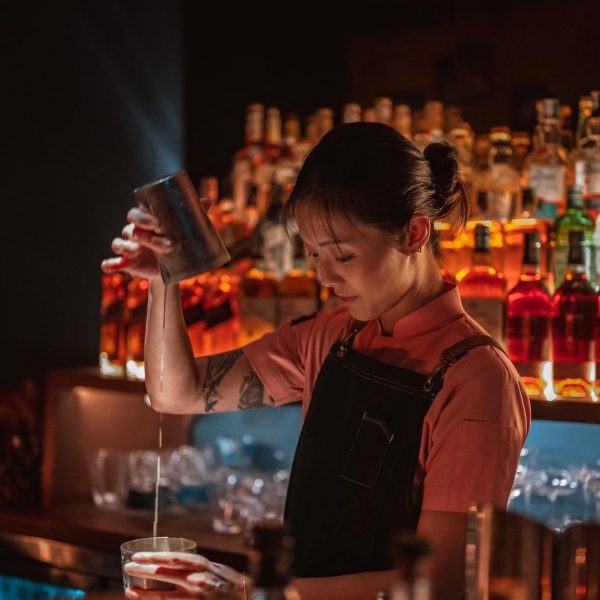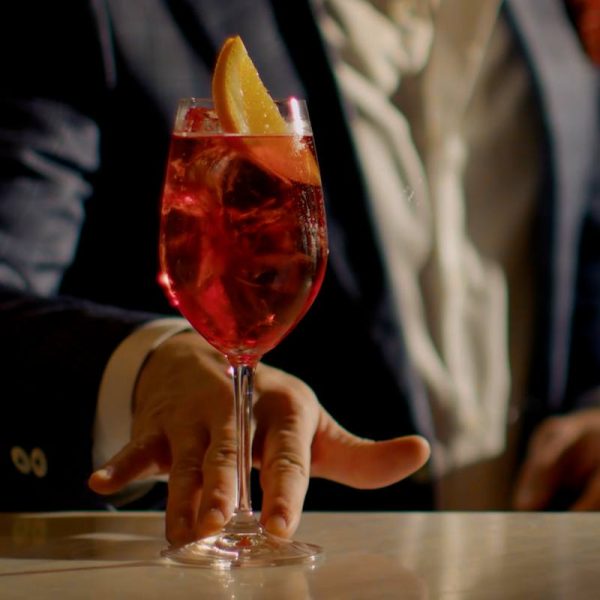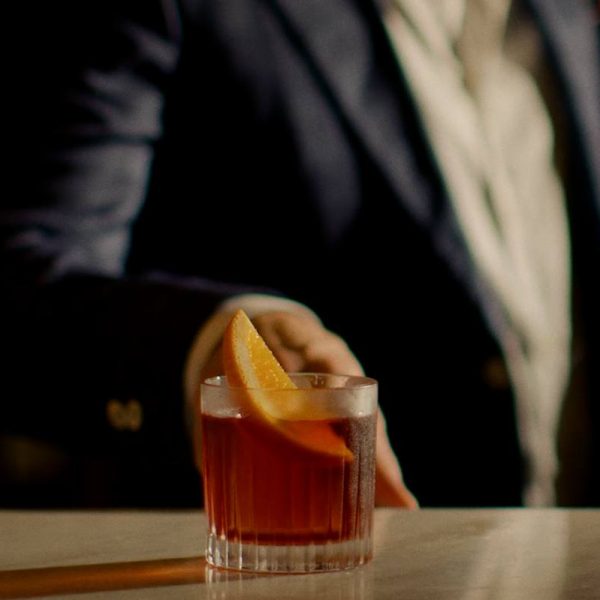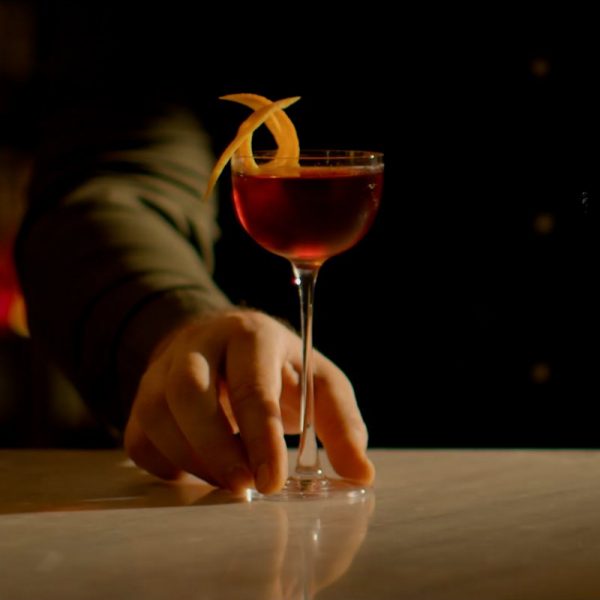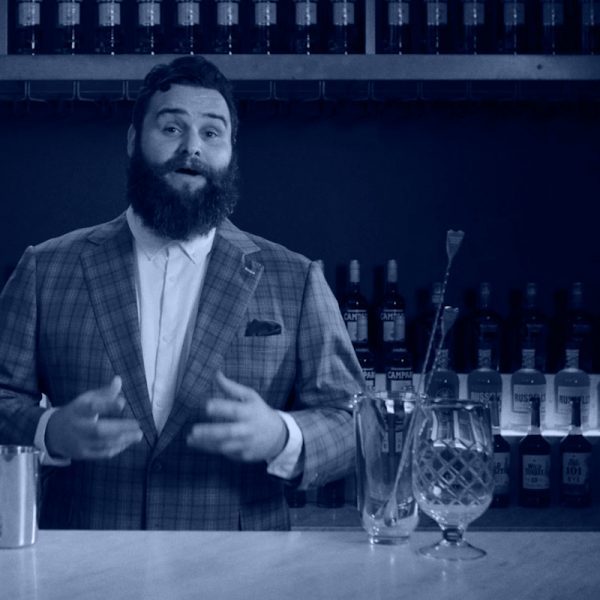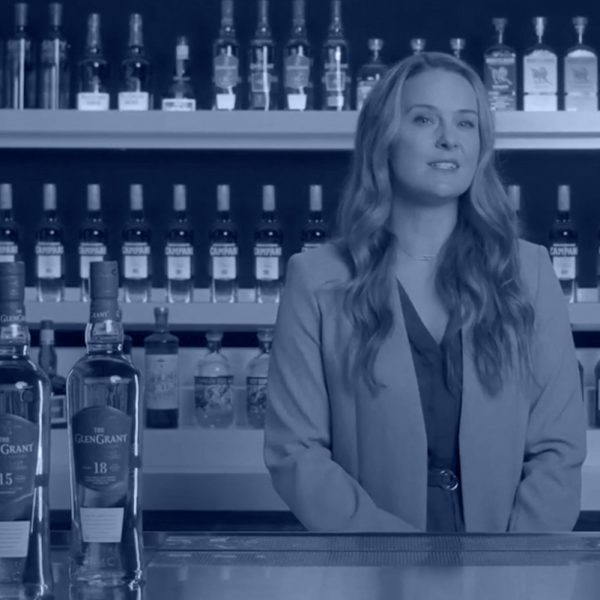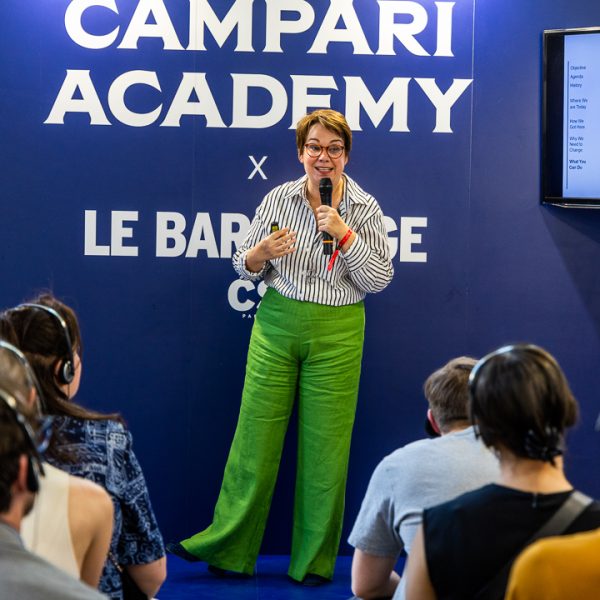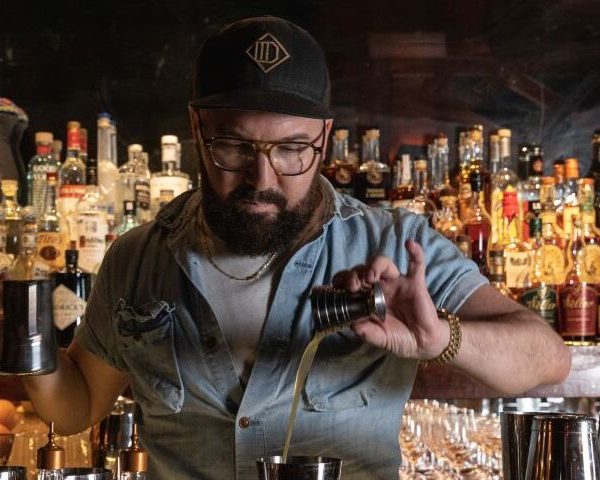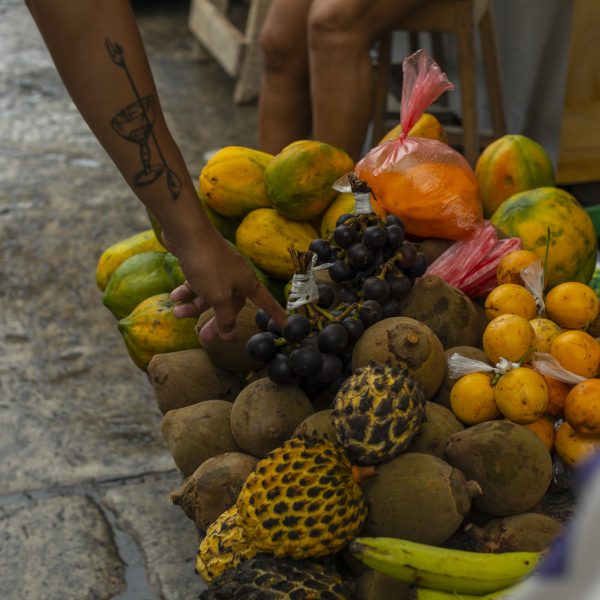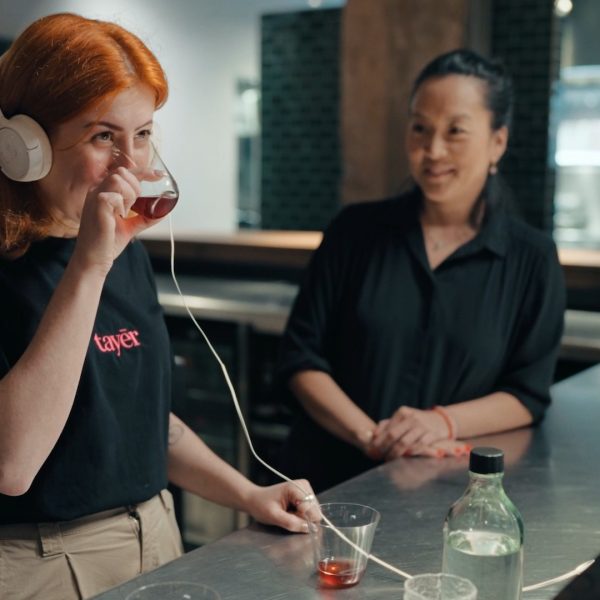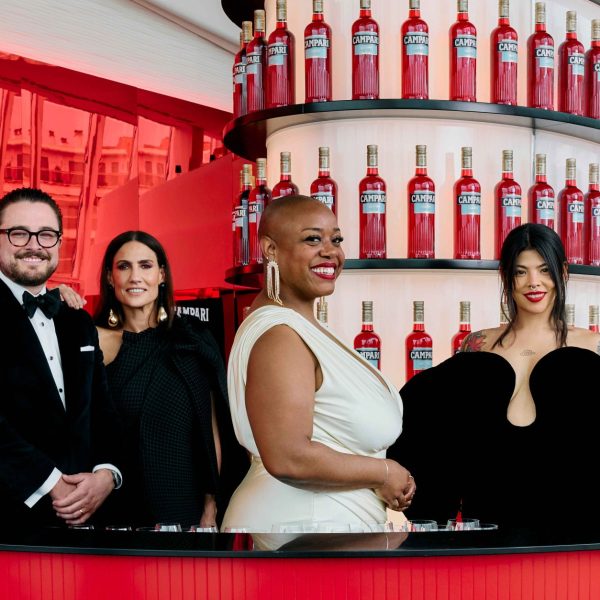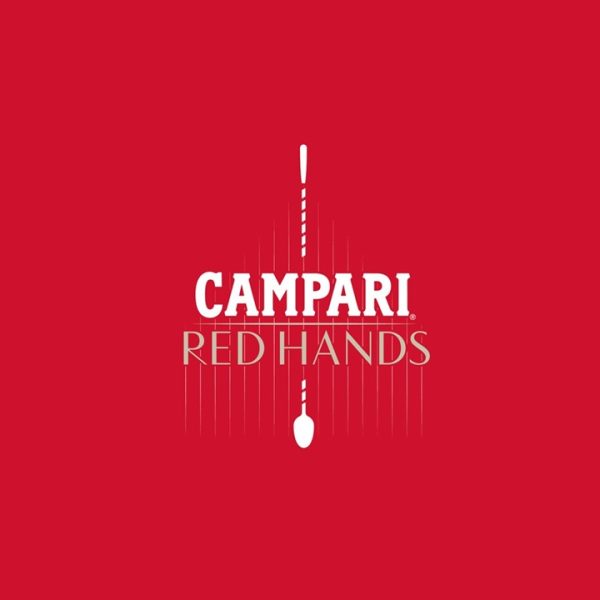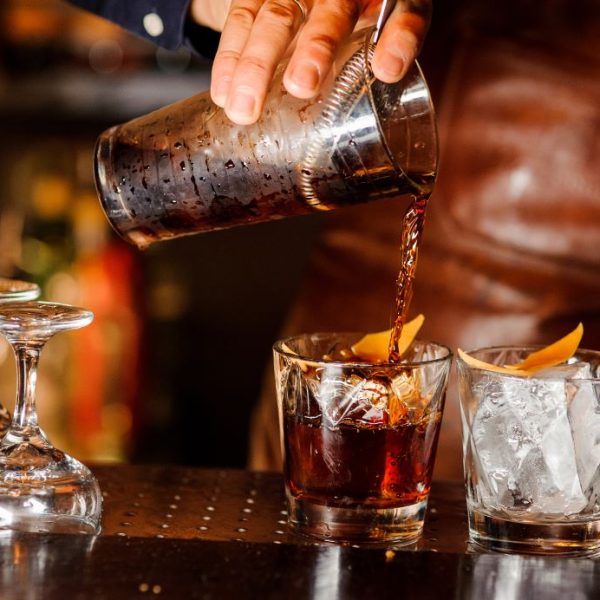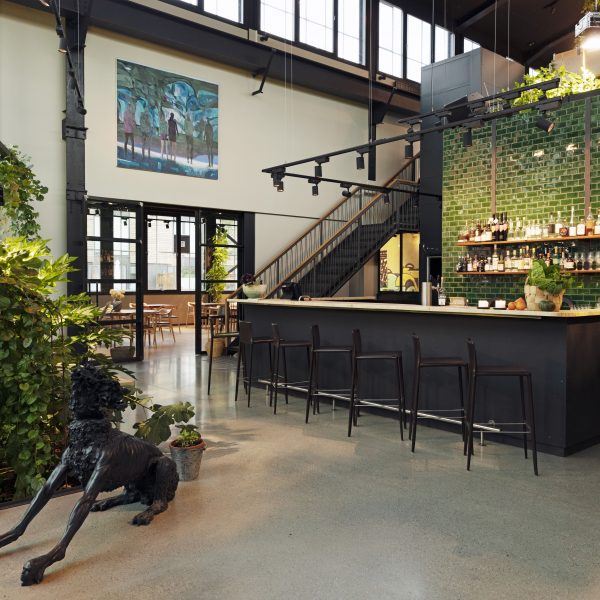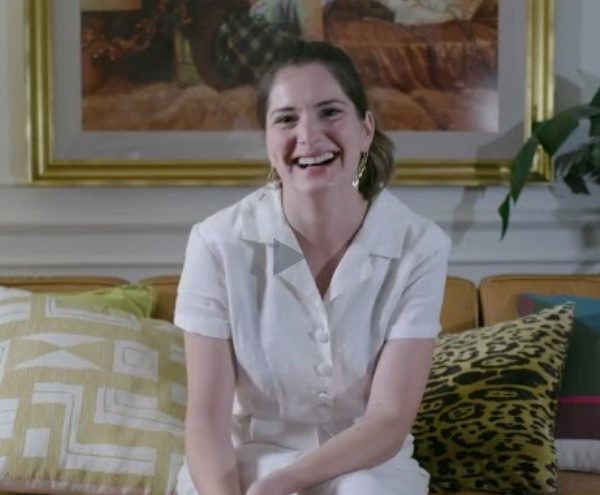The (new) Ice Age
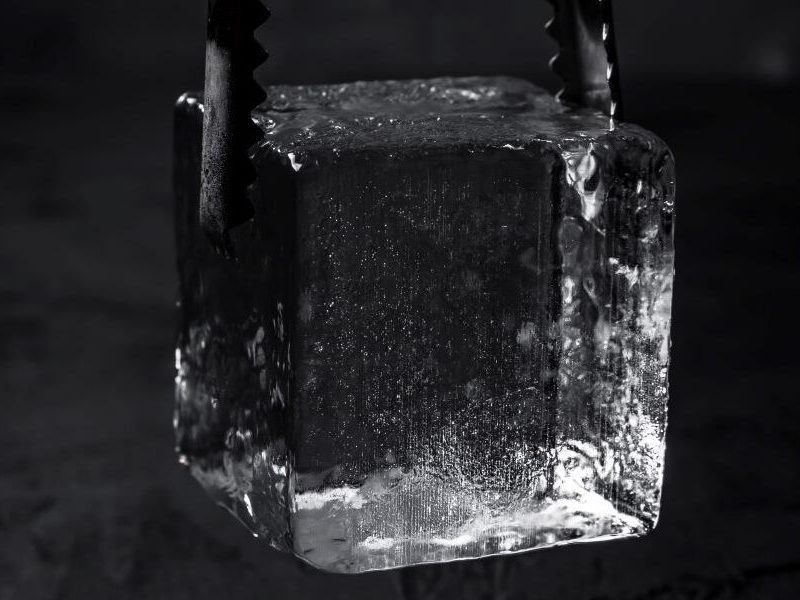
The most important (and underrated) ingredient of them all: ice had a fascinating history before entering the world of mixology. Today it’s the subject of deep and ever-evolving experimentation – we explore its possibilities
Sometimes considered a hindrance by un-educated guests (who publicly bash bars for using too much of the stuff for either watering down their drink or taking up too much space in the glass), ice can be a real cornerstone of a cocktail. Think of a smooth Old Fashioned, or a sharp Negroni: they would not give you the same excitement and satisfaction if they were not stirred with high quality ice, and served with an ice chunk that contributes to the proper dilution.
Though tracing the origins of ice itself can prove to be quite the task (the oldest ice sample on earth is 800,000 years old, excavated by the EPICA Antarctica project) it never ceases to stop the bar industry going down the rabbit hole of how it entered and dramatically changed the course of drinks history. Articles abound, entire books have been written, and YouTube videos explaining the science behind the magic are plentiful to keep professional bartenders (and home bartenders too) up-to-speed on what is cool in ice right now. It’s also a market that, according to CNN, was worth more than $5 billion in 2022. So, what’s the hype?
Ice through history
When it comes to ice’s origins, they are unsurprisingly storied and full of characterful personalities. One such person was Frederic Tudor – otherwise known as the Ice King. When his brother William (an enlightened literary man) joked about shipping ice all over the planet during a picnic, Tudor saw an opportunity that would make him one of the first American millionaires.
In the middle of the 1800s, Tudor built a fleet of ships to transport huge ice blocks from his native Boston’s lakes to places as far as India, the Caribbean and Hong Kong. Far from succeeding at the beginning (his first shipment almost entirely melted during the journey, and once docked he was struggling to find buyers) Tudor found himself incarcerated several times in debtor’s prisons, before honing his method and establishing a valuable market.
Bar professionals are still on the quest for the perfect ice.
He would go on to experiment with better stocking methods, using hay or grains, and once a fellow Bostonian, Nathaniel Jarvis Wyeth, invented a horse-powered sawing system that allowed Tudor to quickly cut and mass produce ice blocks in 1825, his business was flying. From then on, Tudor’s ice empire, which accounted for ice houses (stocking venues) all over the world, would go on to reach Hong Kong in 1845 – and the rest is history.
A long way we came, from those pioneering times: when ice first became regularly available, bartenders would keep a huge block of it on their counters, shaving off the amount they needed to cool down their concoctions. Technological evolution then led to ice machines and ready-to-use ice cubes, while in the meantime bartenders re-discovered techniques and temperatures for perfect recipes. Now, bar professionals are still on the quest for the perfect ice.
Entering the market
In 2003, Shintaro Okamoto began what would become his main and major activity: ice-making for the bar world. It was the beginning of an incredible snowball effect: “I already knew quality ice was cherished and praised in Japan,” Okamoto says, “where restaurants would have ice blocks outside to invite people in, and bartenders worked with it. But around 2007 or so, I had a visit from some key players from the bar world, like Don Lee or bartenders from PDT, and we started talking about what we could do with ice and how we could scale it.
“When we did, no one was doing it in the USA, or thinking about investing in it. We experimented cutting ice from large blocks to certain sizes, understanding which ones would work in different glassware. Don would take dilution ratios – it was amazing to see it unraveling. Once people tried it, there was no coming back and from there was a chain reaction.”

We have to educate bartenders and bar owners on how to keep their freezer, how to optimise their stocking area. We need constant communication and adjustment.”
Shintaro Okamoto
Fast forward to the present day, and the ice-making market is bursting with new companies popping up at fast pace, according to Okamoto. This leads to the creation of a solid system, that needs consistent attention: “There’s a global ice community where a sensible amount of knowledge is shared. We discuss the degrees of attention one must keep for the business to thrive: once you have the product, how do you take care of the client? And how do we continue educating our client? There are a lot of things that need to be maintained to make the transaction consistent, a lot of different ways to care about our product, to deliver it perfectly to the bar doors. But we also have to educate bartenders and bar owners on how to keep their freezer, how to optimise their stocking area. We need constant communication and adjustment: it is, in a way, our idea of customer care.”
In a market that saturated almost immediately, there’s only one secret: “The difference is set by ice vendors who understand bar culture and bartenders: they open late, they accommodate to bars hours, they deliver large shapes depending on the buyers’ needs, not theirs.”
Modern times
Today’s bar scene focuses on clear, transparent ice: “During the pandemic a lot of people started making cocktails at home,” says Camper English, journalist and author of The Ice Book. “They realised by sharing on social media how ugly cloudy ice looks.” This, says English, is what created a massive increase in awareness in the value of good clear ice in cocktails, which impacted bars too. “It’s almost a standard now, and big, cloudy chunks stand out – not in a good way.”
Drinks prices post-pandemic also went up, along with expectations. This tracks with a much deeper understanding of the topic by bartenders: “Only in the past few years have bartenders outside of Japan got hands-on with ice again,” explains English. “There are many more options, people understand that each drink has its own chilling and dilution, and more bartenders are customising every drink with ice.”
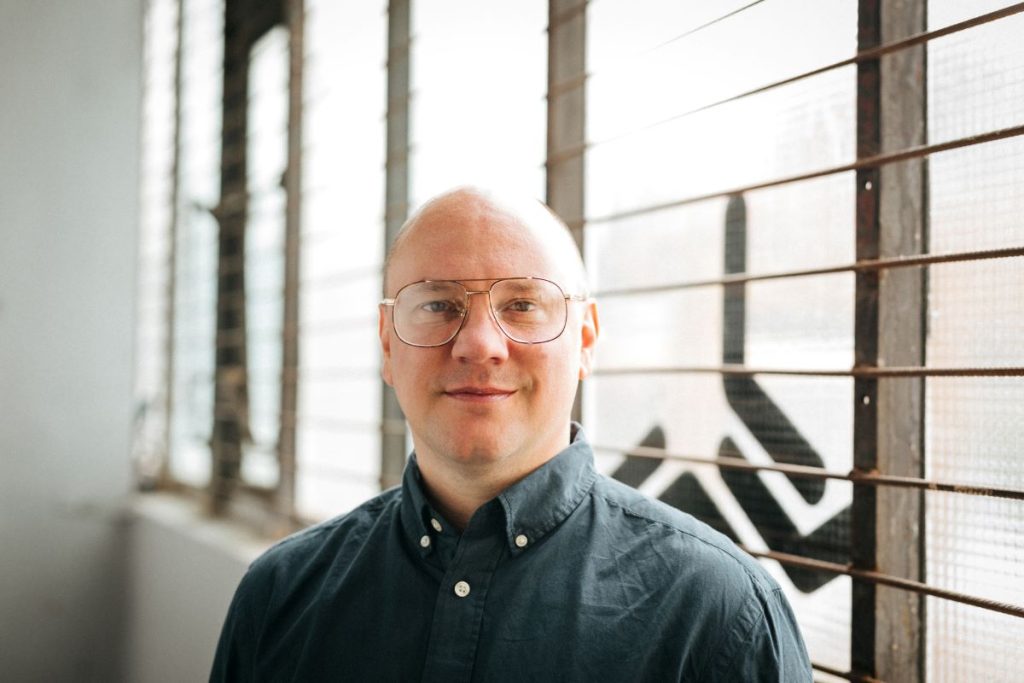
Let’s not punch down cloudy ice too much, though: according to Dave Arnold, author of Liquid Intelligence, in terms of a strict final outcome, there is no difference in texture, dilution or flavour profile, as long as you are mixing correctly. This comes with a caveat: “If your ice is very cloudy, when you shake it shatters in your tin, then it changes the surface area the liquid is in contact with, and that can change things.”
We drink with our eyes first, and clear ice looks so much better.
Camper English
It’s also true, he says, that sometimes cloudy ice stored in a bad smelling freezer can retain that smell. Needless to say, as English points out: “We drink with our eyes first, and clear ice looks so much better. Guests’ perception benefits from it too: to make a comparison, you can drink fine Champagne out of a simple cup or a using fine crystal flute – the experience is completely different, yet the liquid does not change.”
Dos and don’ts
Arnold also points out a few common mistakes and suggestions to keep in mind while handling ice, to achieve the perfect serve of a cocktail: “When you shake you need one large chunk at least, to provide an appropriate texture,” he explains. “When serving a cocktail on the rocks, ice sitting in a glass for a long time translates into less dilution, so a big chunk will keep the liquid cold while not watering it down: as a rule of thumb, the wider the surface area, the more the dilution.”
Ice can also be too cold, he explains, leading to unwanted results. “If your ice is too cold and you pour a carbonated product over it, you will yield a lot of foaming.” Mastering the so-called tempering temperature is one of the secrets that allows a cocktail to be chilled to perfection. “Tempering temperature should be a couple of degrees below zero, the exact spot where ice is not quite wet, not melting, not frosting.”
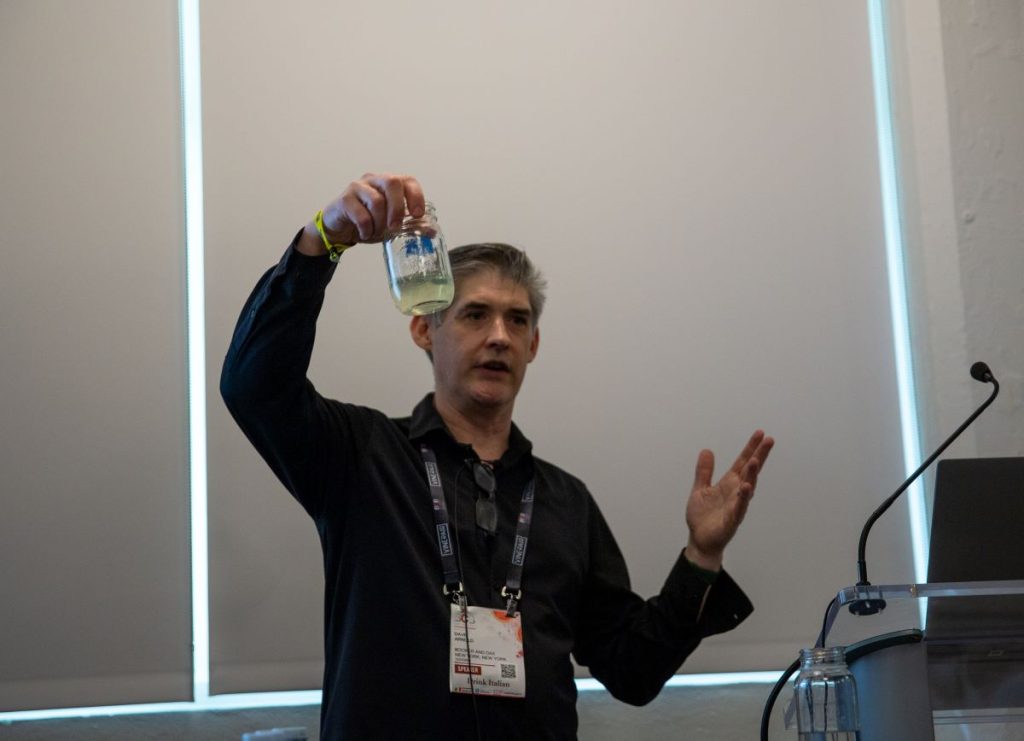
Due to a substantial number of reasons, ice can also play a very important role in a bar’s costs spreadsheet. It is true that an ice machine is essential for any cocktail bar, but don’t dismiss the possibility of buying the ice you need. “In Japan you can find very small bars with small freezers,” explains English, “so they opt for regular, daily delivery: not necessarily ice cubes, but clear pieces of irregular shapes, it’s a very long tradition.”
There are many facets you can explore to keep costs under control, he says, such as the size of the bar and, if there are other bars in the portfolio, you could have an ice-cutting lab for several bars to lower the cost. Not all markets will have a huge amount of suppliers, he admits but it could work out cheaper, “compared to the labour cost or equipment or space for making your own.”
Yes, chef!
Ice has definitely been understood as one of the most (if not the most) important ingredients in cocktails, and there’s a very specific role you can now find at bars which is helping them expand the guests’ experience: the ice chef. Raul Arcayo is the ice chef at pioneering Peruvian cocktail bar Carnaval in Lima, uses his knowledge of the raw material (aka water) to create experiences with ice, through cocktail making. “These experiences can involve all the senses or just a single one,” he explains, “depending on what we work with (dilution, temperature, dryness, shape and color, sounds).”
Right from the beginning of his career, Arcayo was challenged with the task of creating the first ice programme for bars in Latin America. “It was a constant surprise and learning based on trial and error. Many hours of practice, understanding and investing in resources to achieve my goals.”
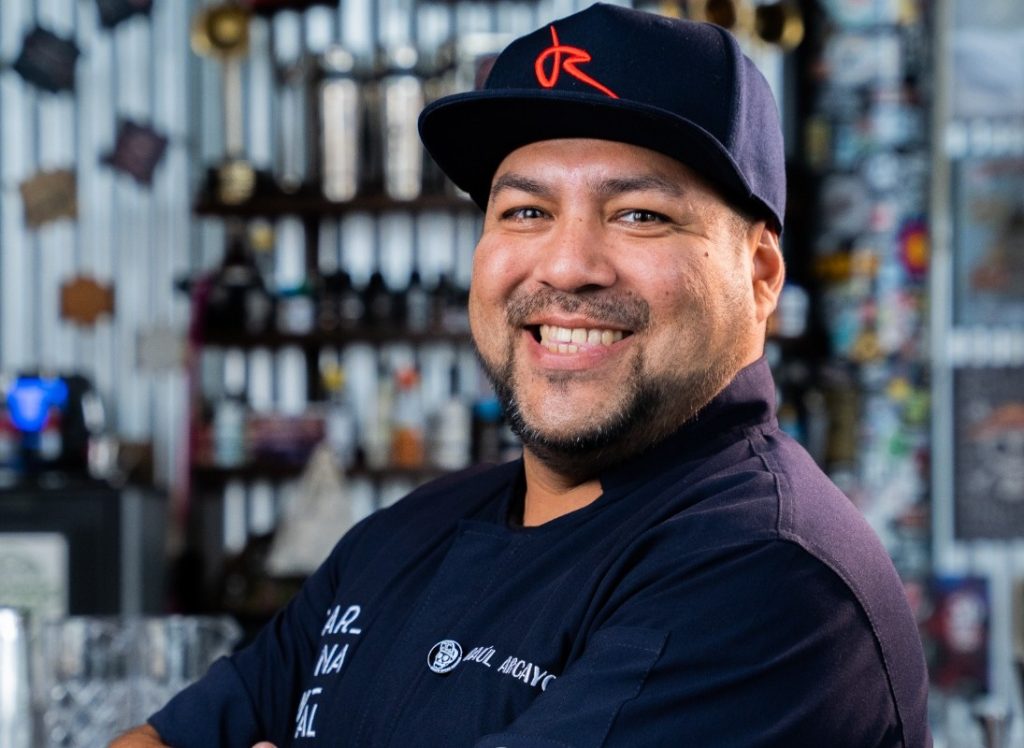
Major challenges would include the lack of equipment, tools and technical service, the necessary consistent controls of purity and cleanliness of raw materials, and the lack of spaces designed to provide an experience of that level: “Not all bars are designed or equipped for an ice programme and an ice chef,” admits Arcayo, “but all bars today can have and display correct and adequate ice for a high-level cocktail menu.”
Always be aware of your machines, and know what type of treatment the water with which you produce the ice needs.
Raul Arcayo
Having an actual ice programme includes key steps that cannot be overlooked, he explains. Firstly, you need to be aware of the type of bar you have, the style, concept, size and operational spaces. Secondly, you must have the clear conviction of wanting to take the cocktail making to the next level: “investment and consistency will be the two elements you will never have enough of.” Finally, you will need training or advice from an experienced expert and knowledge of the subject, because it not only depends on the equipment, but an understanding of risk factors is also required for the prevention and efficiency of the service. One more precious piece of advice: “Always be aware of your machines, and know what type of treatment the water with which you produce the ice needs.”
Trends & the future
Thanks to its social media appeal, renewed interest from bartenders and scientific progress, ice has been in the center of a steady trend for the past couple of years. Bu what’s next? We are witnessing ice shipments from arctic planes to deserts, but how sustainable and planet-friendly can this be? And how can we be sure our ice is being sourced safely? Recently, the online community was stormed by the news of an ice company shipping ice from Greenland to Dubai, in order to provide it with ‘pure’ ice.
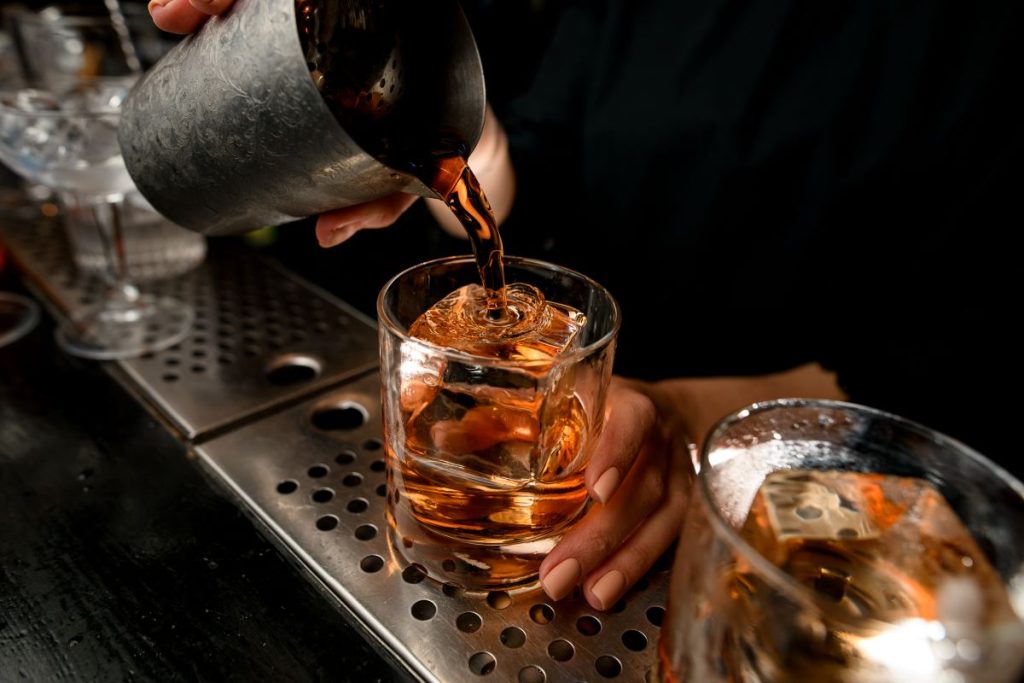
It’s a dichotomy Arnold recognises. “I was in Iceland in 2018, and I was surprised people weren’t going at the glacier to get it. It is a cool story when it is in your backyard, but shipping it is just crazy. It’s not going to make the drink taste any better, just make it cost more, and give it exclusivity… It’s tone deaf, though, because I don’t think people want exclusive experiences if they’re not green or quality driven.”
I don’t think people want exclusive experiences if they’re not green or quality driven.
Dave Arnold
Okamoto pinpoints the matter: “It’s trending in a way, but I would describe it more as a point of legitimation. Once you experience quality and a range of possibilities, that’s a point of no return. We are here to stay, I think it’s amazing that what we have created has become a global standard. The Dubai thing is an expression of what’s going on, though I think people don’t realise that glaciers have not the cleanest water, because of all the time it took for them to develop. At the end of the day, we are in the service industry, and that’s what will always matter the most.”

